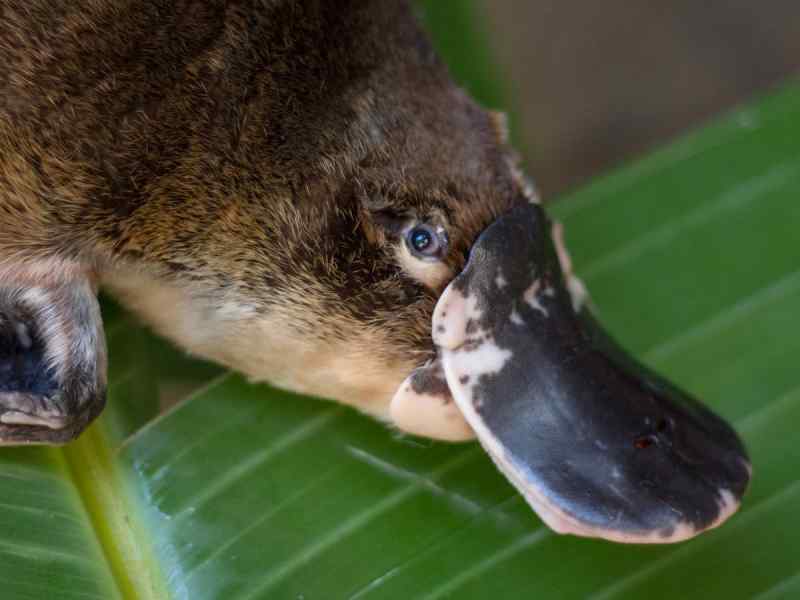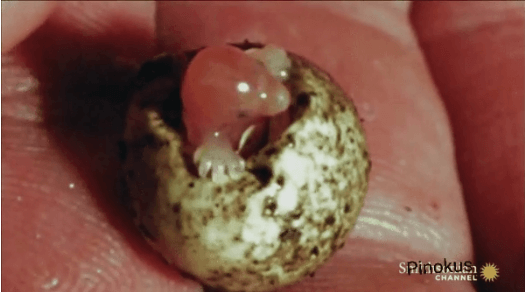

Using these species, they could understand how platypus genes different from their ancient mammalian predecessors, and how modern platypus came to possess five different X chromosomes. The study also compared platypus genes to other animal genes - ranging from Tasmanian devils to humans - to construct a picture of ancient mammals' chromosome, also known as a karyotype.Īn image from the study indicating genetic clusters of different types of animals. This type of chromosome ring has been found in plants, but never before in animals, making it a groundbreaking finding. That ring structure is perhaps the most intriguing finding of the study. Therefore, the sex chromosomes of platypus can form a ring structure during meiosis process," Zhang says. "During the meiosis process, the homologous regions of the pair of chromosomes can match each other.

The complex sex chromosomes in monotremes display unusual interactions during and after meiosis, which is a type of cell division. Guojie Zhang, the corresponding author on the study and a professor in the biology department at the University of Copenhagen, tells Inverse, "From the genome sequencing, we found these 10 sex chromosomes do not have any homolog with the X/Y chromosomes in human, but they are more similar with the ZW chromosome of birds in the genomic sequencing structure." Through their analysis, researchers found similarities between platypus and birds, but not so much between platypus and humans. Humans, meanwhile, have two sex chromosomes. The monotreme has 10 sex chromosomes: five X chromosomes and five Y chromosomes. This genetic data confirms the semi-aquatic lifestyle of the platypus, which closes its nasal cavity and eyes when in the water, relying instead on other senses - like electric stimuli - to detect prey.īut given the monotreme's unique reproductive strategy, the researchers focused specifically on its unique sex chromosomes. For example, the scientists found that the water-based platypus possesses far fewer "olfactory" or smelling genes compared to the terrestrial echidna. The scientists used genetic data to analyze everything from the platypus' eating habits to its swimming routine.

What was discovered - For the first time, the new research provides a complete chromosome map of the platypus genome, along with a less-complete map of the echidna genome. Both share in common one habit unique to monotremes: egg-laying. Platypus are semi-aquatic creatures and echidna are land dwellers. Monotremes include only two animals that survive today: the platypus and the echidna. Marsupials and eutherians are often lumped together into a subclass known as therian mammals, but monotremes are so distinct from other mammals that they deserve their own separate category. The largest group by far are eutherians, which include animals that nurture their young in the mother's placenta (accordingly, the infraclass is sometimes referred to as " placentals"). Necessary background - The three main groups of mammals are: monotremes, eutherians, and marsupials. Echidna, along with platypus, compose a unique group of mammals known as monotremes. An echidna walking in a coastal wilderness area in Victoria, Australia.


 0 kommentar(er)
0 kommentar(er)
